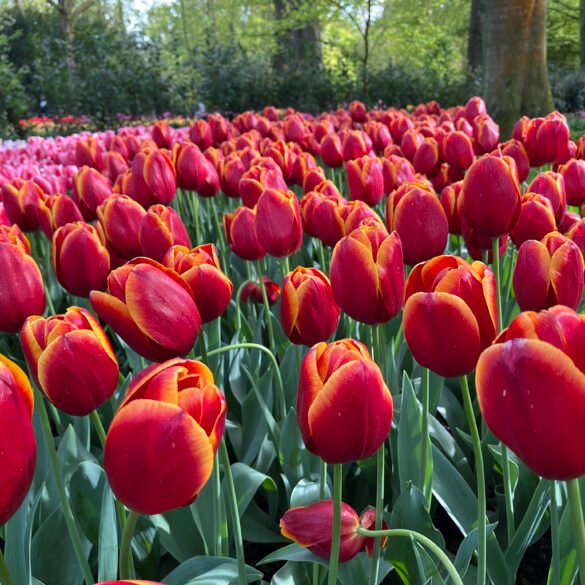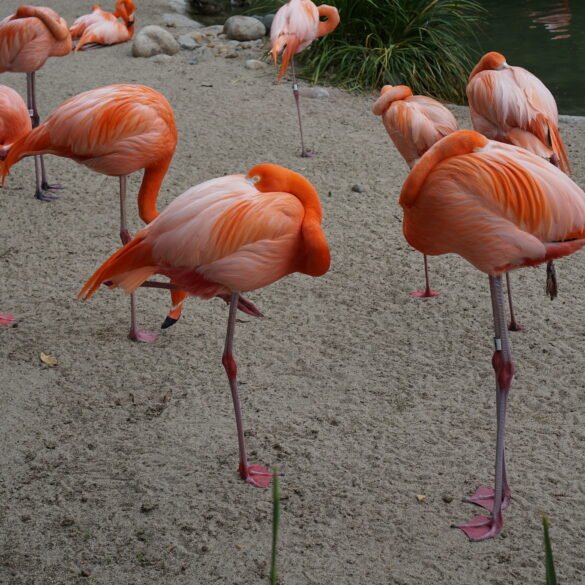Earlier this year, we celebrated St. Patrick’s Day in Chicago and saw the city turn into one big green, drunken mass. Despite having lived in Chicago for over 20 years, we rarely participate in St. Patrick’s Day festivities and normally avoid the downtown area during that weekend altogether. So, when I reached out to my old classmate who lives in the Netherlands to tell her we would be in Amsterdam for this year’s King’s Day, her response didn't surprise me at all. She said that she never stays in town and usually goes somewhere in Europe for King’s Day because the Netherlands turns into one big orange, drunken mass. Makes sense!
But we didn't mind celebrating King’s Day, at least once, no matter how obnoxious or annoying this experience could have ended up being.
King’s Day is observed every year on April 27 or April 26 (if the 27th falls on a Sunday) to mark the birthday of the current King Willem-Alexander. The holiday is a day of unity for the nation and a country-wide party.
Festivities usually begin the evening before. We were in Leiden after returning from a day spent at Keukenhof. Although we were quite tired after a full day of tulip seeing, our energy levels spiked when we joined Leiden’s partying crowds. Several stages were set up blasting various genres of music: from American pop to the 80s hits, from heavy metal to Dutch folk songs. Streets, canal-side cafés, and bars were packed with people merrily drinking, chatting, and generally having a good time.
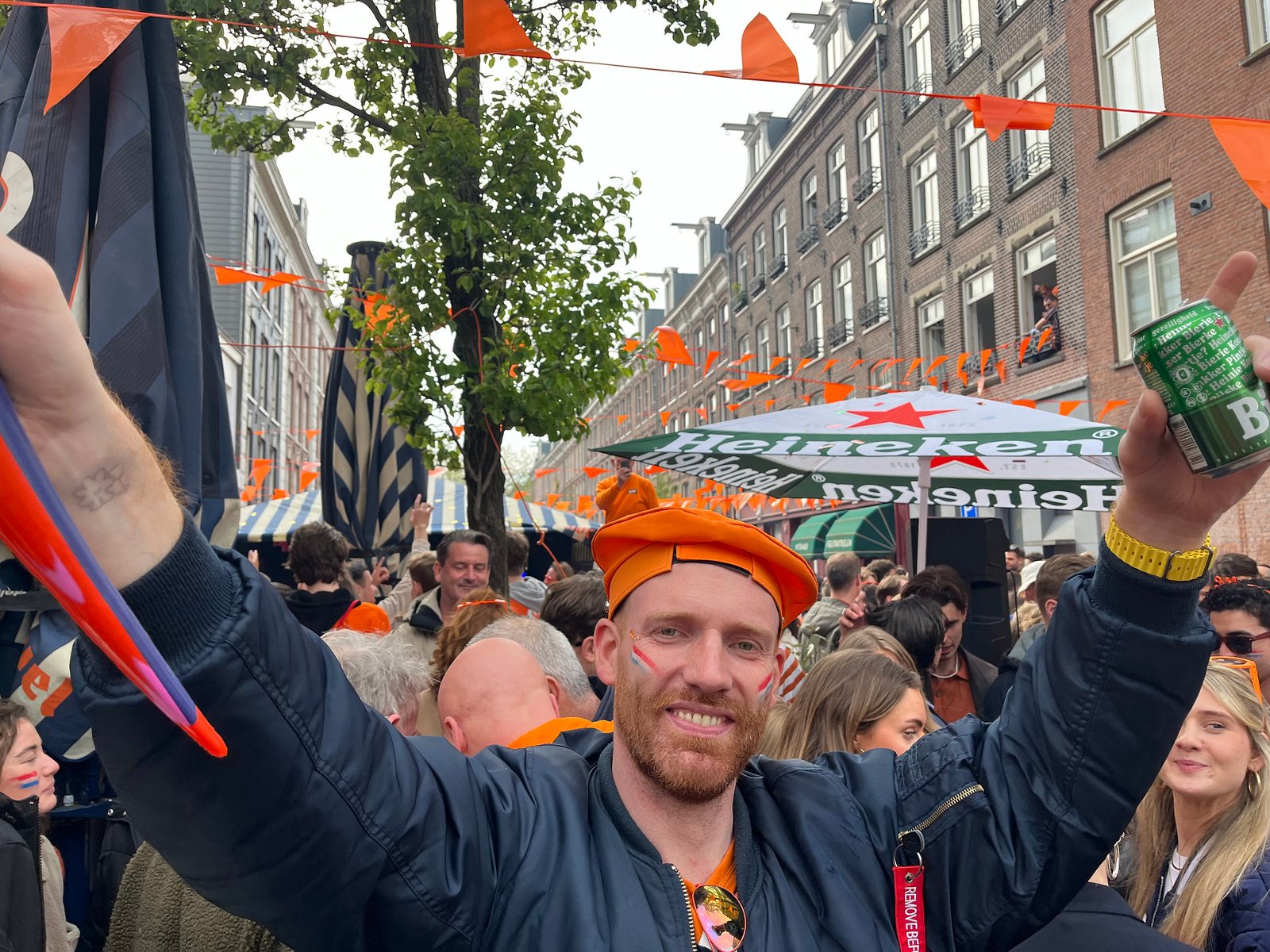
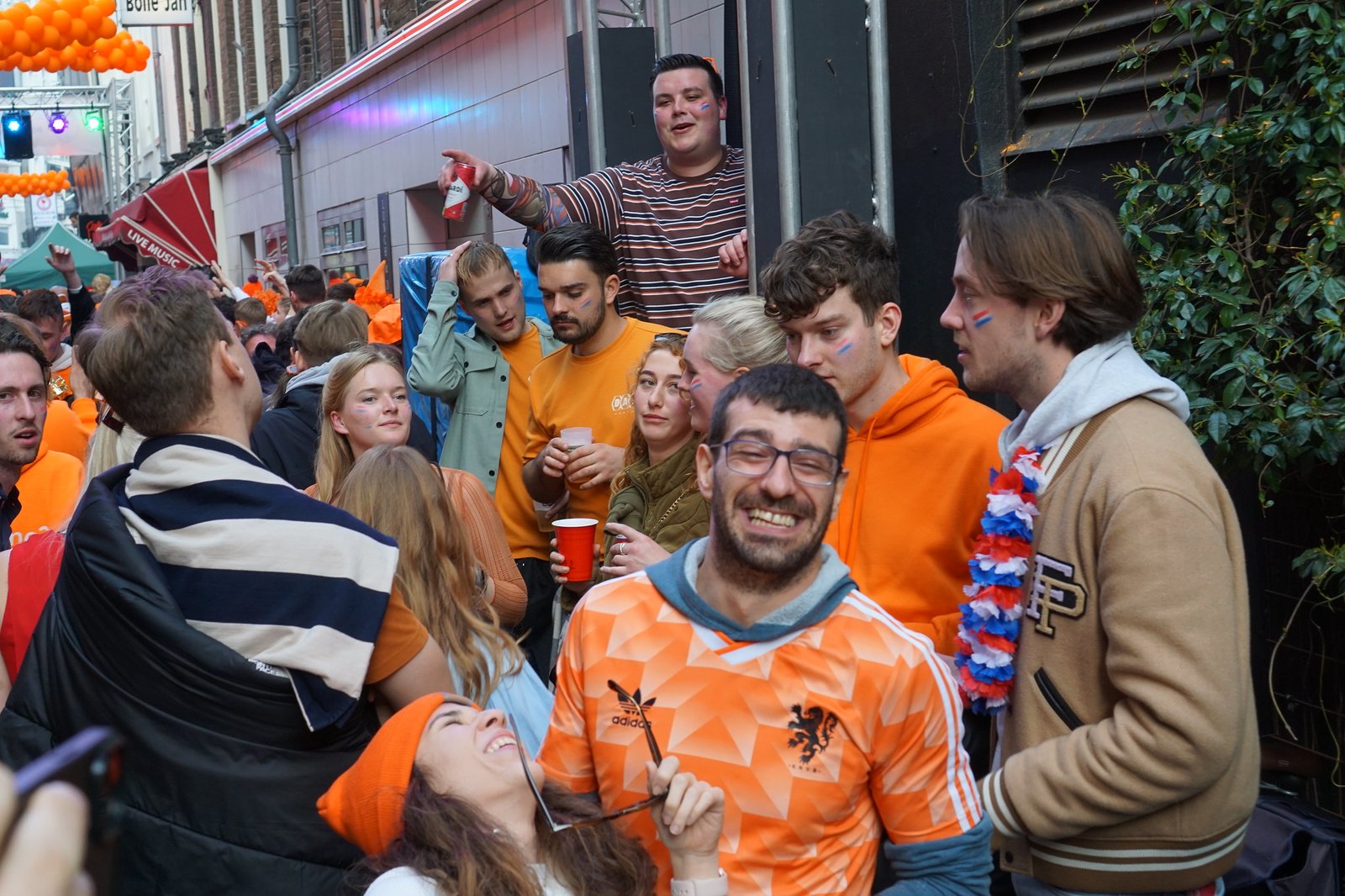
When we told our Airbnb host that we wanted to go to Amsterdam for King’s Day, she cautioned us to go early because at some point they “close” Amsterdam, and trains no longer take people in, only out of the city. And so, the next morning at 7 a.m., we were on a train heading to the capital. The morning was gloomy and rainy, and Amsterdam looked quite dead when we arrived; no celebrations in sight. But we figured that the party would start in the afternoon, so we took a tram to the Rijksmuseum and spent the next several hours admiring the art masterpieces of the Dutch Golden Age.
As we predicted, in the afternoon, Amsterdam finally started to come to life. When we left the museum, the streets were getting busy with jolly crowds, most of them wearing orange and with Dutch flags painted on their faces. But why orange?
Despite not being one of the colors of the Dutch national flag, orange is closely associated with the Netherlands and its royal family. The royal family belongs to the House of Orange-Nassau, which dates back to the 16th century. The dynasty's founder, William of Orange, organized the revolt against the Spanish that eventually led to the independence of the Dutch Republic. Some people were fully decked in orange; some had only one or two orange pieces of clothing or an accessory. We also saw people wearing Philadelphia Flyers and Chicago Bears orange jerseys (presumably, Americans). Julia had nothing orange on her, and my Chicago Bears cap with some orange in it barely qualified as an adequate outfit. In one of the alleys filled with drunk people jumping and singing to the sounds of Despacito, we saw a girl painting Dutch flags on people with some sort of face paint stick. We asked, and she happily painted two Dutch flags on our faces. We now fit right in and have become participants in this madness.
As the day progressed, more and more people were partying in the streets. Unlike St. Patrick’s Day in Chicago, there was no parade or one main stage or area where all the shenanigans were happening. The stages were set up in many different places, and despite being “full”, the city didn't feel suffocating. We strolled the streets and joined groups of people doing the same three things: drinking, singing, and dancing. Although there were a lot of drunk people—throwing up and public urination were also detected—we didn't witness any aggressive behavior. The atmosphere was boisterous, and people were jolly and in a happy mood. It felt as if the Dutch national soccer team had just played and won an important game. At one intersection, I squeezed into the crowd to find myself surrounded by happy college students, a guy with an inflatable parrot, and someone who brought his dog to the party in a backpack. And everyone was drunk or high in that crowd, except maybe the dog and me.
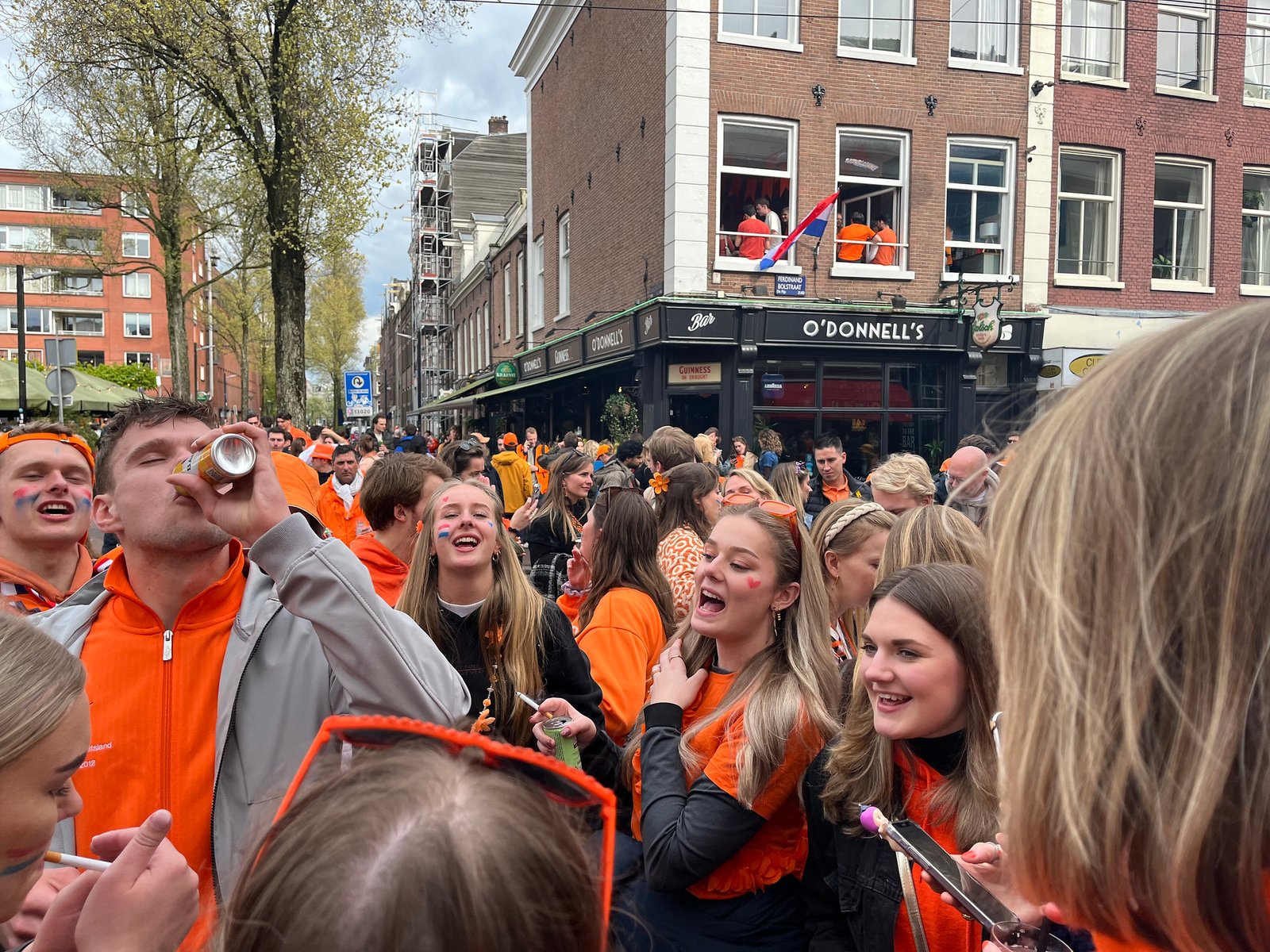
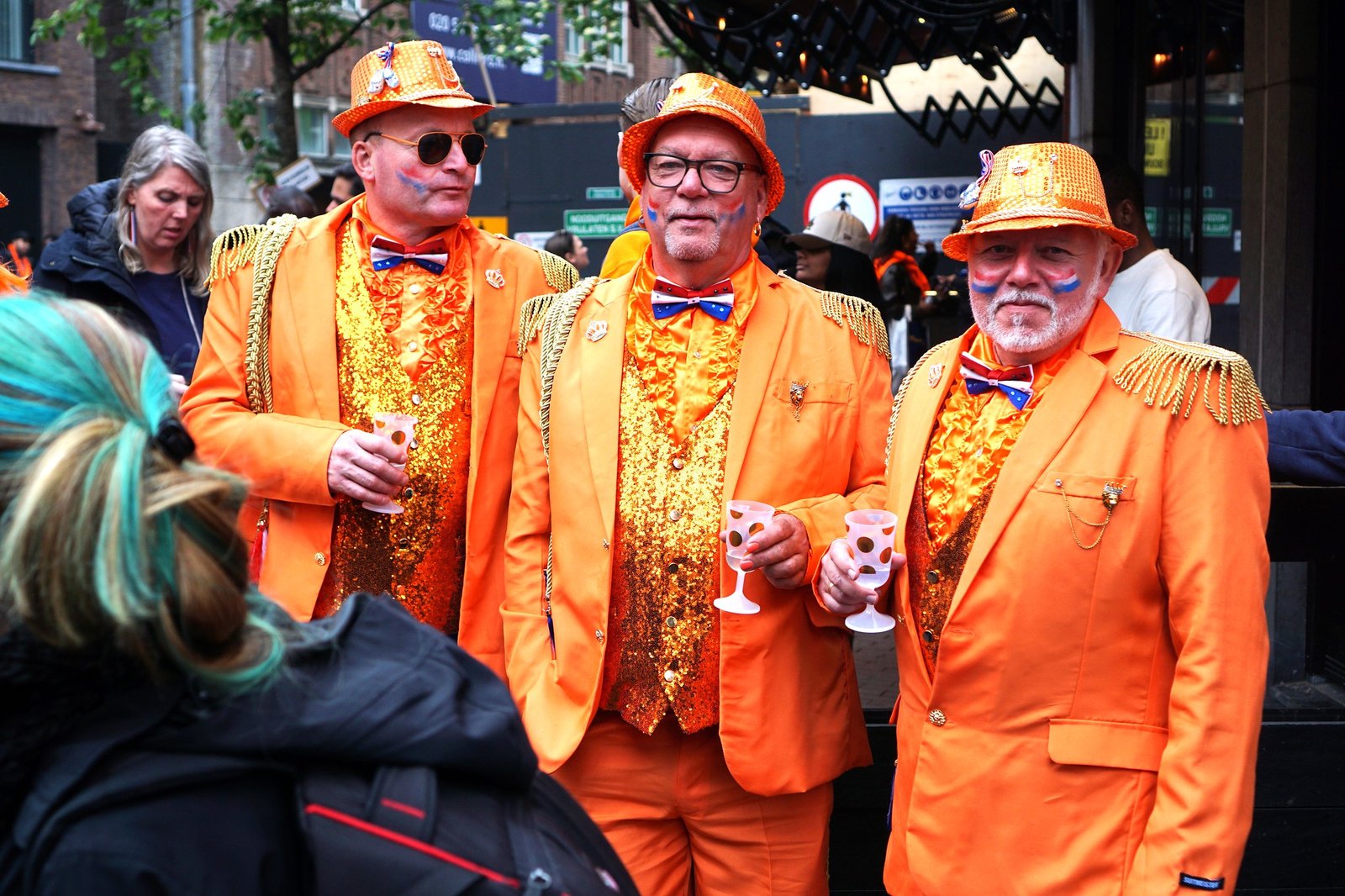
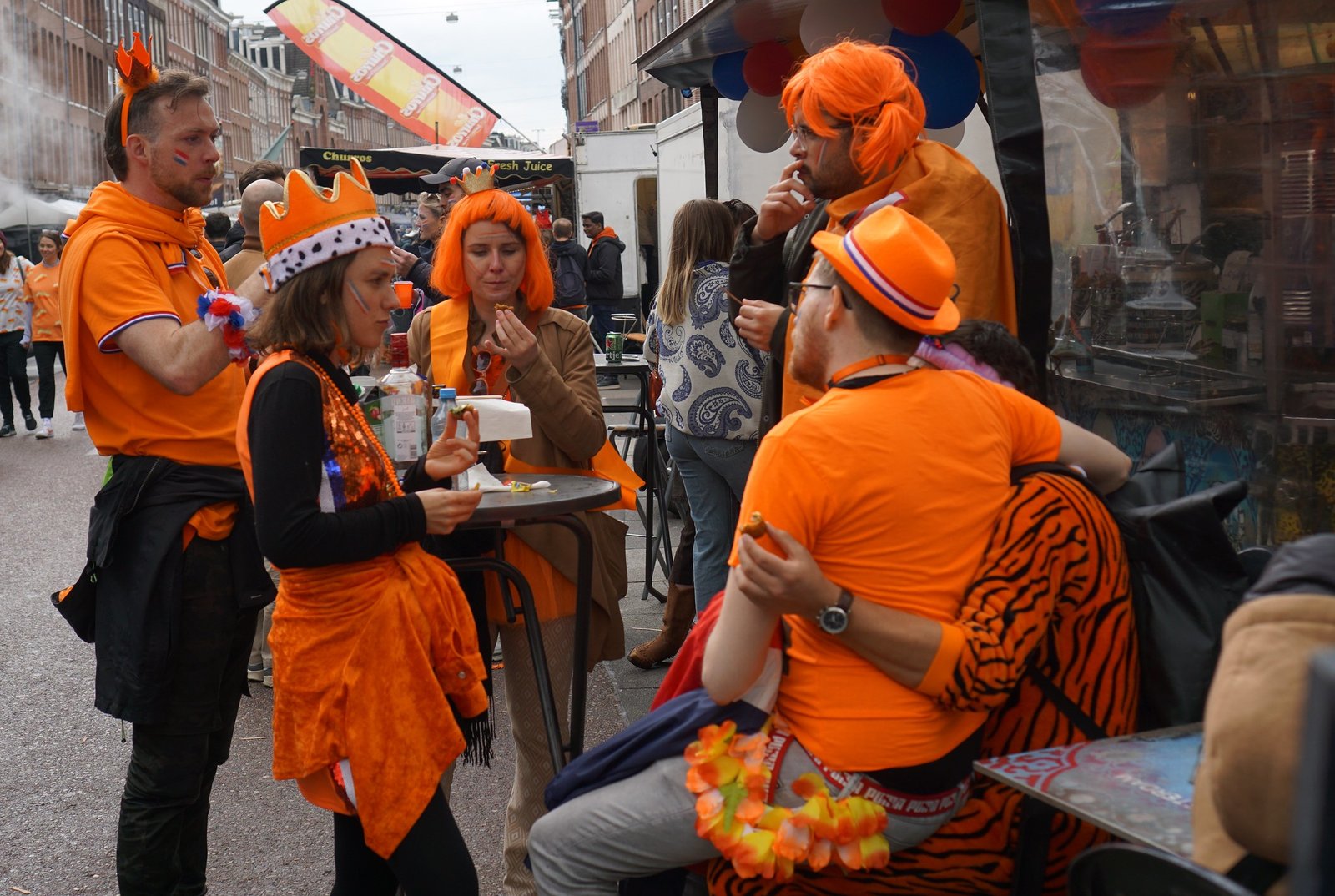
In addition to the streets being packed with partygoers, a serious celebration was also happening on the water. Amsterdam’s canals were filled with hundreds of boats carrying partying orange-clad people. Some had rowdy, drunk college students going at it so hard that the boats were almost tipping over. Other vessels had a more subdued atmosphere, carrying families, middle-aged friends, and work colleagues on a corporate outing. We waved to the passing boats from a bridge and wished we knew someone in Amsterdam or had our friends with us to get happily drunk or rent one of these party boats. Still, it was fun to be there and part of this celebration. The city was buzzing with happy energy.
When it was time to return to Leiden, we had to walk over a mile to the train station because no trams were operating due to holiday disruptions. As we were leaving the central part of Amsterdam, the drunk masses were left behind us, the city finally looked quite peaceful and tranquil. In a window of one of the stores, we saw a photograph of the royal couple, right next to a cake decked in Dutch national colors and surrounded with orange-colored desserts. It was the only time throughout the entire day that we were reminded that there was an actual king behind King’s Day’s crazy festivities. We wondered if he too was wearing orange, had a Dutch flag painted on his face, and was getting drunk and rowdy in his castle. We suspect that his birthday is probably a more proper and formal affair than that.
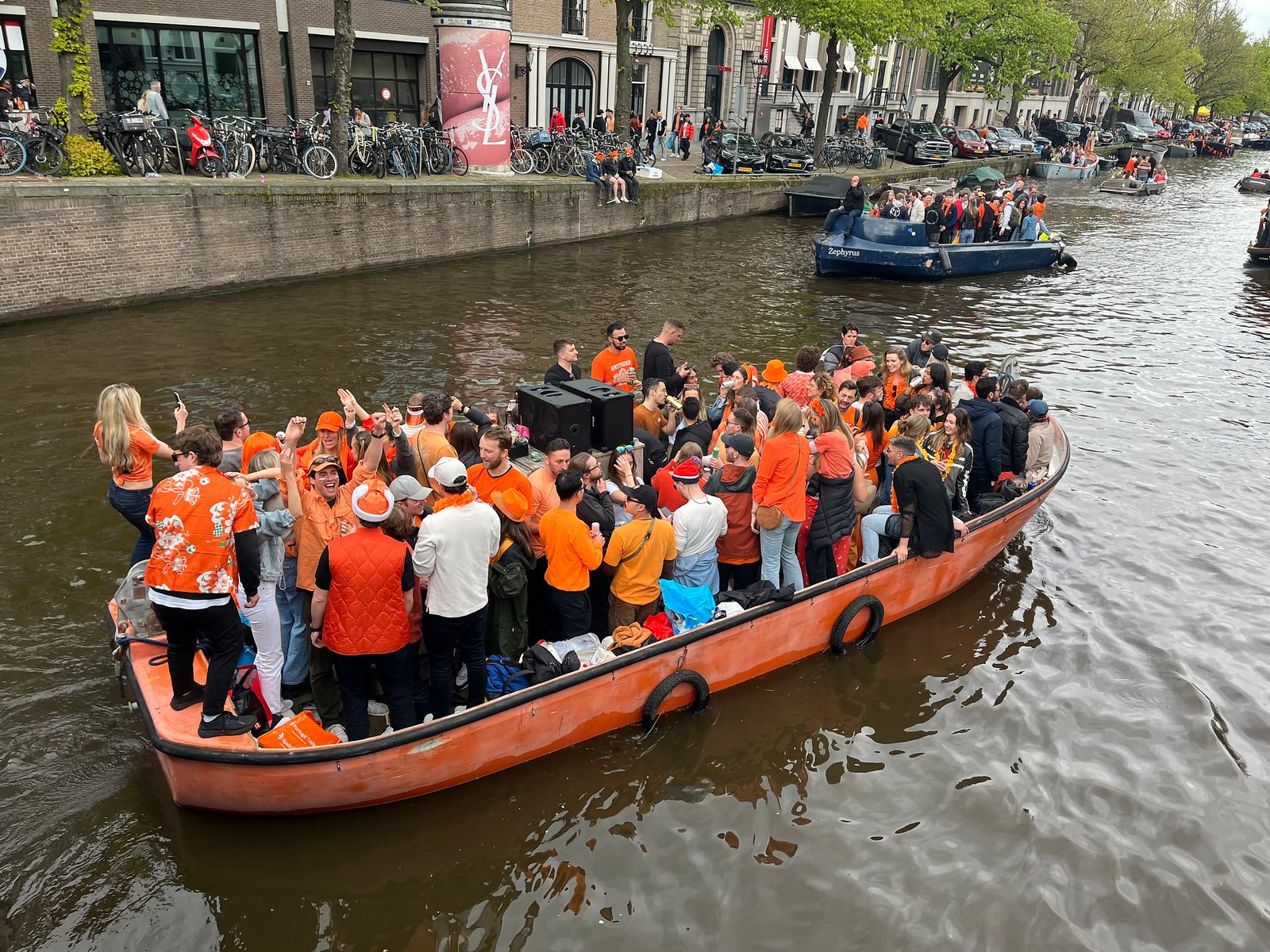
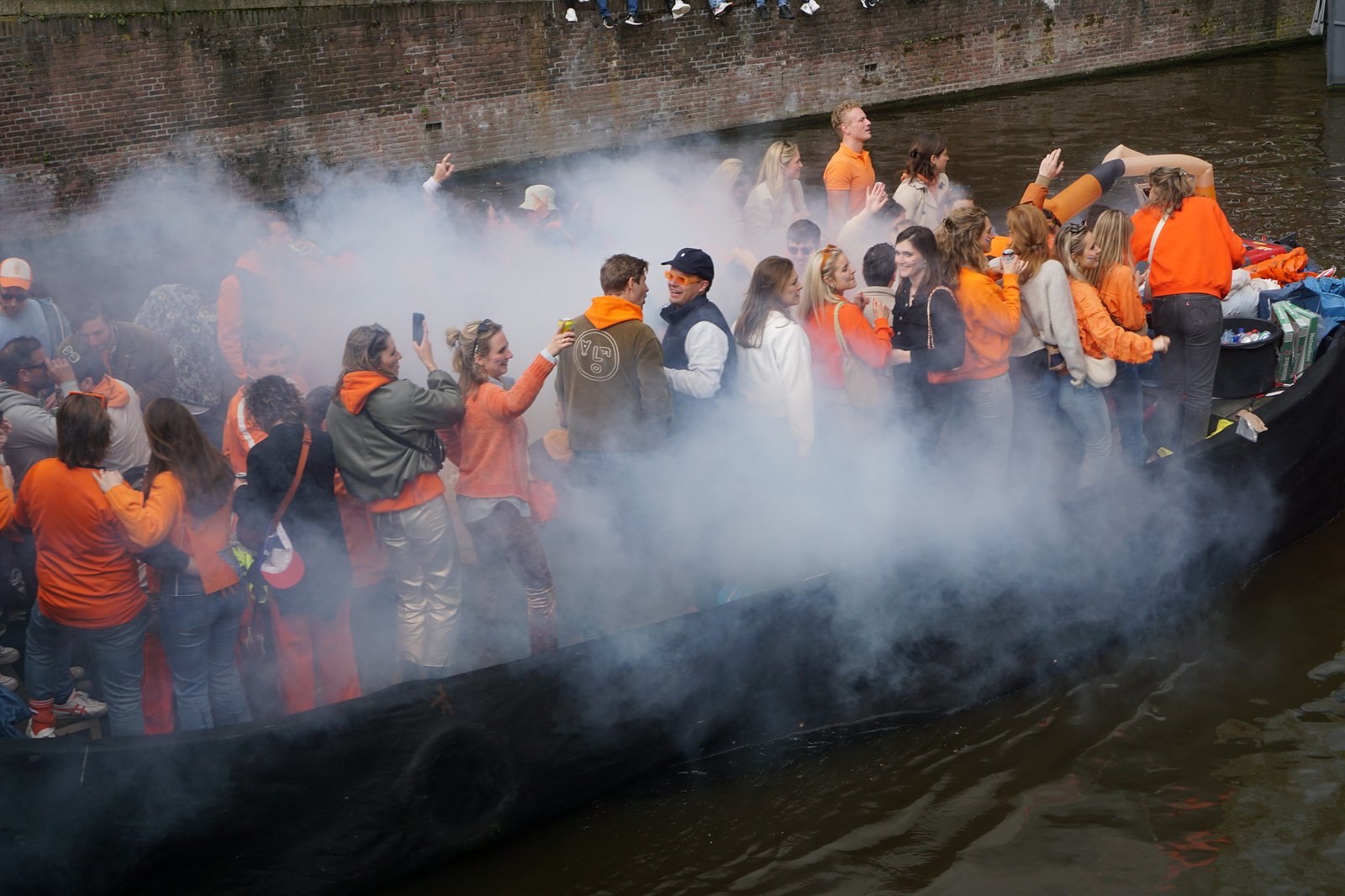
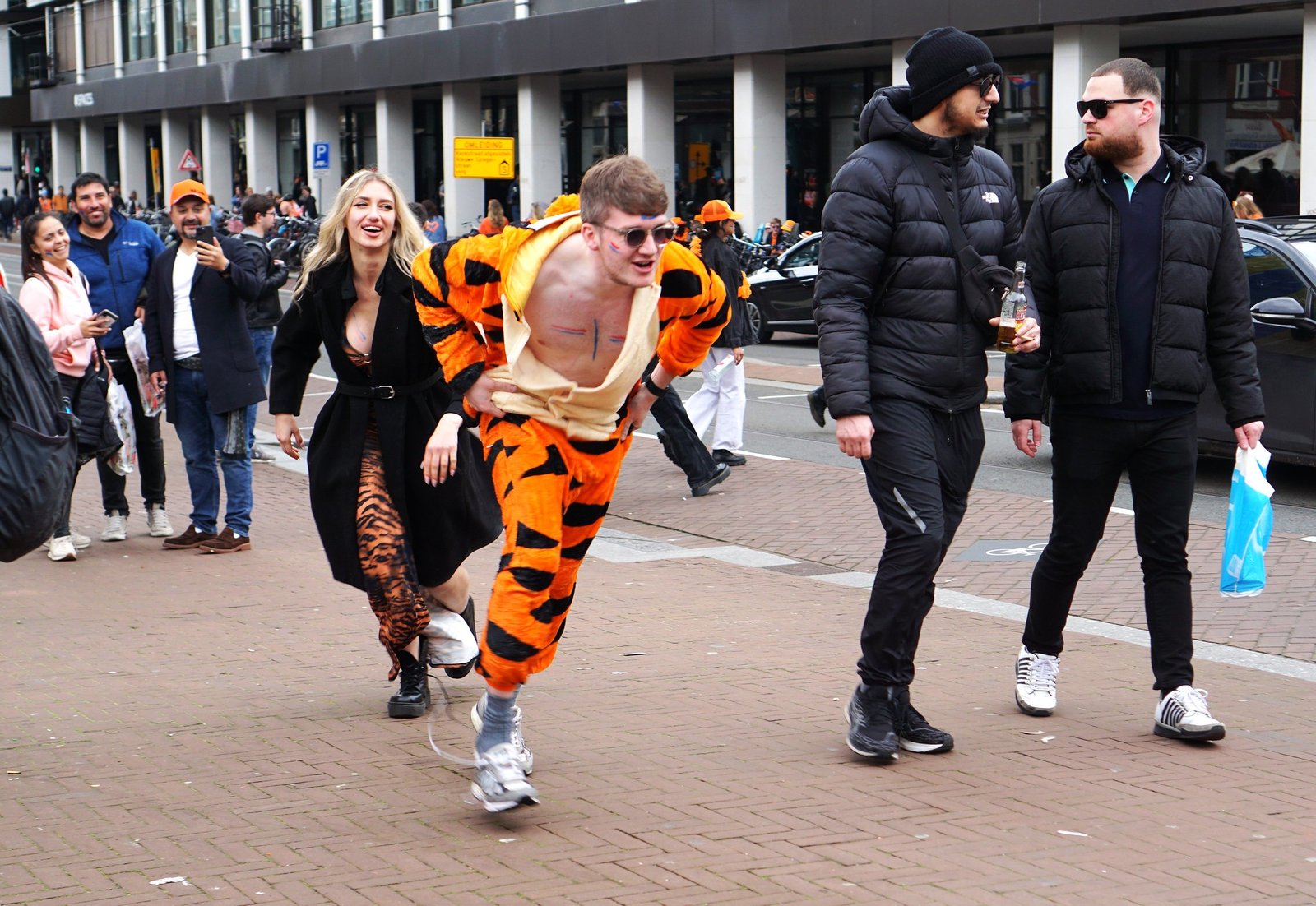
We arrived back in Leiden to find the city in the same state of disorganization as Amsterdam we just left behind—drunk college students singing in the streets, music still pumping out of bars, and cleaning crews already sweeping and washing down littered sidewalks. Seems like we could have had the same fun party experience if we had stayed in Leiden and maybe even if we had gone to a smaller town. No wonder my friend who likes peace and quiet usually leaves the entire country for a few days! But we were happy we came.
Lang leve de Koning!
